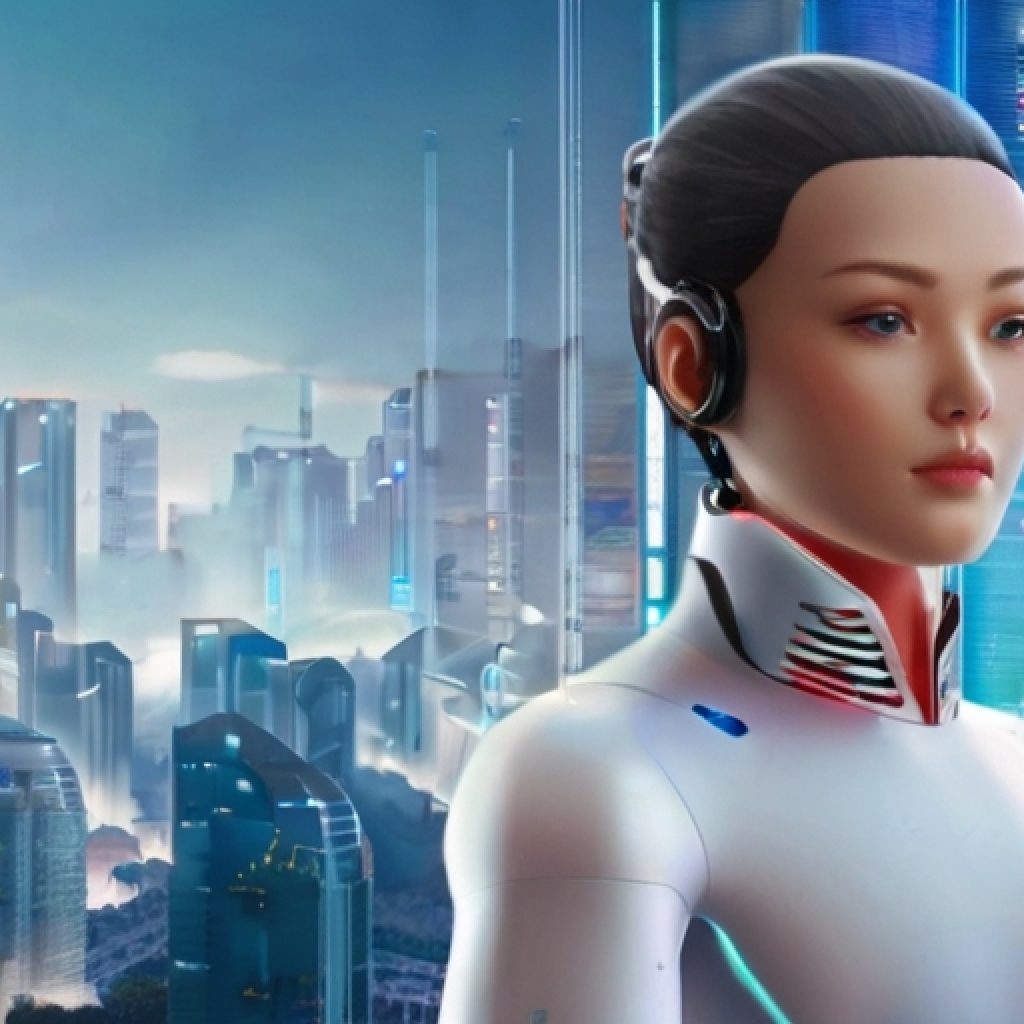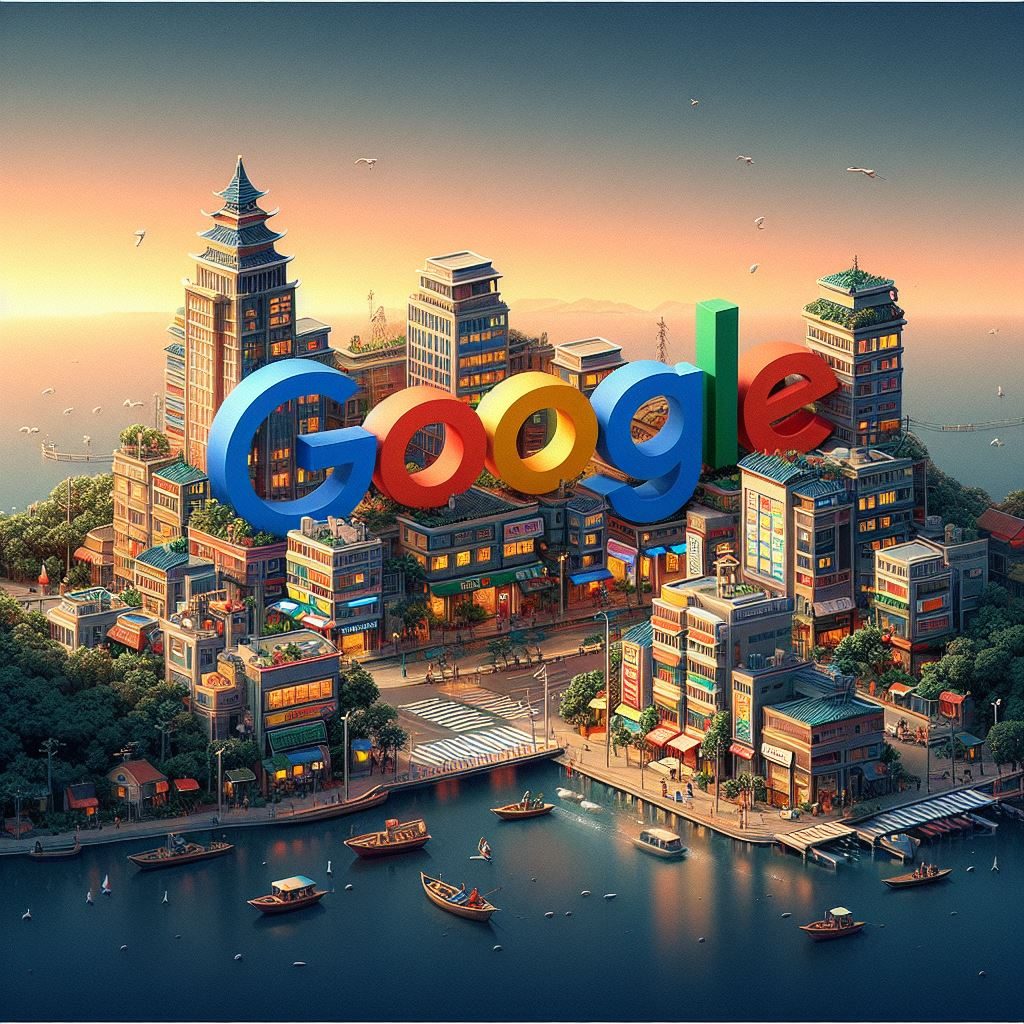In a remarkable breakthrough that challenges the conventional capabilities of artificial intelligence, three Vietnamese scientists, Trinh Hoang Trieu, Luong Minh Thang, and Le Viet Quoc, have achieved a milestone by constructing an AI math model, named AlphaGeometry. Collaborating with a team of experts, the trio, all AI specialists at Google DeepMind, have managed to create a system that not only competes with but surpasses the problem-solving abilities of human bronze medalists in the International Mathematical Olympiads (IMO). AlphaGeometry’s prowess lies in its unique approach to training and problem-solving, presenting a significant leap in the field of AI-assisted mathematics.
The Olympian AI math model
The core of the AI model, AlphaGeometry, demonstrated its exceptional capabilities by successfully solving 25 out of 30 geometry problems utilized in the IMO from 2000 to 2022. The achievement is particularly noteworthy when compared to a renowned 1970s system, believed to be the strongest geometry theorem prover at the time, which managed to solve only 10 problems. This success places AlphaGeometry in a league of its own, exceeding the average performance of an IMO gold medalist, who typically solves 25.9 problems. The trio, Trieu, Thang, and Quoc, expressed their astonishment at the unprecedented accomplishment, emphasizing the complexity of mathematical problems that often involve hundreds of steps.
AlphaGeometry’s distinctive features lie in its combination of a neural language model and a symbolic engine, meticulously calibrated for solving geometric problems. What sets it apart is the synthetic data it relies on, devoid of human examples, enabling the model to generate high-quality responses “out of nothing.” This sets AlphaGeometry apart from other AI models like ChatGPT or Gemini, which primarily find existing or similar answers to human solutions. Professor Ngo Bao Chau of Chicago University’s Math department acknowledged the resemblance of solving IMO geometry problems to chess, highlighting the AI researchers’ commendable achievement.
The journey to AlphaGeometry
The genesis of AlphaGeometry can be traced back to 2019 when Trinh Hoang Trieu conceptualized the idea while searching for a graduation research topic at New York University. Trieu, a former student at the Ho Chi Minh City University of Science, envisioned a model capable of solving simple geometric problems. Intrigued by Trieu’s ideas, Le Viet Quoc and Luong Minh Thang, former math-major students, joined the endeavor. Trieu, having joined Google DeepMind in 2021, and the team diligently worked on AlphaGeometry, achieving a breakthrough three months after an IMO geometry problem was solved.
The team envisions AlphaGeometry as more than just a mathematical marvel. Trieu suggests its potential use as a guiding system supporting high school students with geometric problems, marking a stride towards AI-assisted education. Evan Chen, a gold medalist at the 2014 IMO and a researcher at the Massachusetts Institute of Technology, expressed surprise at AlphaGeometry’s capabilities, emphasizing its reliance on pure geometrical principles, setting it apart from conventional methods that use coordinates and algebra.
AlphaGeometry’s trailblazing journey in AI-assisted mathematics
As AlphaGeometry takes center stage with its unparalleled capabilities, the question arises: What possibilities lie ahead for the AI-assisted mathematical landscape? With the potential to assist in solving the seven Millennium Prize Problems, researchers anticipate continued development and applications of AlphaGeometry in various fields. The publication of their work in Nature, a prestigious journal, fills Le Viet Quoc with pride, highlighting the potential for AI not only to solve mathematical problems but to propel humanity forward. Can AlphaGeometry’s unique approach pave the way for a new era in AI-assisted mathematics?
In a world where the boundaries of artificial intelligence are continually expanding, the Vietnamese scientists’ creation, AlphaGeometry, stands as a testament to the limitless possibilities when human ingenuity converges with cutting-edge technology.





